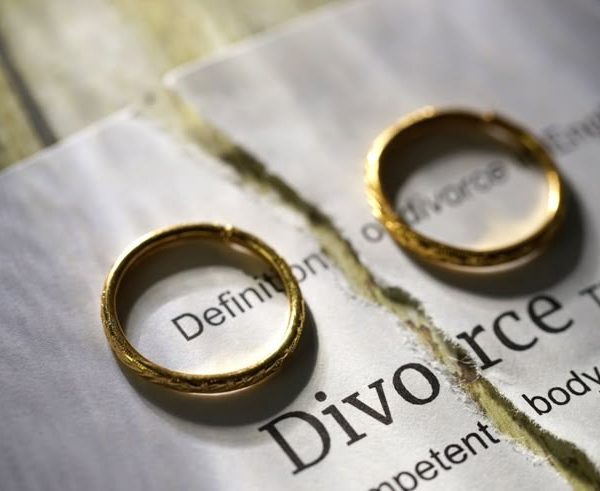
 06 August 2025
06 August 2025
Cheques have long been a trusted mode of payment in personal and commercial transactions. However, when a cheque fails to clear due to insufficient funds or other reasons, it is said to have “bounced” or been “dishonoured.” Cheque bounce is not just a financial inconvenience—it carries legal implications that can affect both the issuer and the payee. This article explores the causes, consequences, and legal remedies associated with cheque bounce in detail.
What is a Cheque Bounce?
A cheque bounce occurs when a bank refuses to process a cheque due to various reasons, most commonly insufficient funds in the drawer’s account. When a cheque is dishonoured, the bank returns it to the depositor with a ‘Cheque Return Memo’ stating the reason for the dishonour.
Common Causes of Cheque Bounce
Cheque bounce can happen for several reasons:
-
Insufficient Funds
The most common cause. If the account does not have enough balance to cover the cheque amount, the bank refuses payment. -
Signature Mismatch
If the signature on the cheque does not match the bank’s records, the cheque is returned. -
Post-Dated or Stale Cheque
Cheques that are dated more than 3 months prior (stale) or post-dated (presented before the date) may be dishonoured. -
Overwriting or Alterations
Any visible corrections or overwriting on a cheque can lead to its rejection. -
Account Closure or Freezing
If the account is closed or frozen by legal action, the cheque cannot be processed. -
Mismatch in Figures and Words
If the amount written in numbers and words does not match, the cheque may be dishonoured.
Consequences of Cheque Bounce
1. Financial Impact
-
Delays in payments and disruptions in cash flow.
-
Additional charges may be levied by banks on both parties.
2. Damage to Reputation
-
For businesses, repeated cheque bounces can lead to a loss of credibility.
-
Personal creditworthiness may also be affected.
3. Legal Consequences (Under Indian Law – Section 138 of the NI Act)
-
Cheque bounce is a criminal offence under Section 138 of the Negotiable Instruments Act, 1881.
-
The issuer of the bounced cheque can face:
-
Imprisonment up to 2 years, or
-
Monetary penalty up to double the cheque amount, or both.
-
Legal Remedies Available
If you have received a bounced cheque, you can take the following legal steps:
1. Demand Notice
-
A legal notice must be sent to the drawer within 30 days of receiving the cheque return memo.
-
The drawer is given 15 days to make the payment.
2. Filing a Criminal Case
-
If no payment is made within the 15-day notice period, a criminal complaint can be filed in court under Section 138 within 30 days of the lapse of the notice period.
3. Civil Suit for Recovery
-
A separate civil suit can also be filed for recovery of the cheque amount along with interest and legal expenses.
How to Prevent Cheque Bounce
-
Maintain Sufficient Balance
Ensure you have adequate funds before issuing a cheque. -
Use Digital Alternatives
Digital payments reduce the risk of bounce and offer instant verification. -
Avoid Errors
Fill cheques carefully—avoid overwriting and ensure all details are correct. -
Monitor Bank Statements
Regularly check for cleared or dishonoured cheques. -
Set Reminders
For post-dated cheques, set reminders to keep funds ready in advance.
Conclusion
Cheque bounce is a serious financial and legal issue that can impact individuals and businesses alike. While there are legal remedies available for the aggrieved party, it’s always better to prevent such incidents through responsible financial practices. With increased digitization, the reliance on cheques may be declining, but they remain an important tool—and understanding their legal implications is essential in today’s financial landscape.






